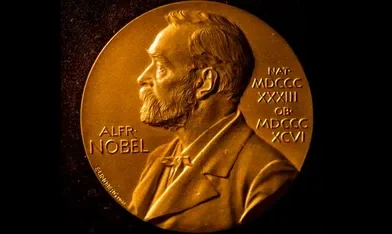Introduction
Terence Stamp is one of the most recognizable British actors of his generation. Known for his striking looks, piercing blue eyes, and deep voice, he has appeared in films for more than sixty years. His career covers everything from romantic dramas to superhero blockbusters. Stamp is a rare example of an actor who has stayed relevant through changing times while keeping his unique style.
Early Years
Stamp was born in London in 1938. He grew up in a working-class family and faced many challenges in his early life. Despite this, he developed a strong interest in acting. He later trained at the Webber Douglas Academy of Dramatic Art, where his natural talent quickly became clear.
First Big Break
His debut film, Billy Budd (1962), made him a star almost overnight. Playing the title role of a kind and innocent sailor, he captured the attention of audiences and critics alike. This performance earned him an Academy Award nomination and a Golden Globe win. For a young actor just starting out, it was an incredible achievement.
The Swinging Sixties
The 1960s were a turning point for Stamp. He starred in films like The Collector (1965), where he played a deeply unsettling character, and Modesty Blaise (1966), a stylish spy adventure. During this decade, he became known not only for his acting but also for his image as part of the new wave of British cinema. He was a figure of cool sophistication, admired for his presence both on and off the screen.
A Memorable Villain
One of Stamp’s most famous roles came in Superman (1978) and its sequel Superman II (1980). As General Zod, the ruthless Kryptonian villain, Stamp delivered a performance that has remained iconic. His chilling command, combined with his unforgettable line delivery, made Zod one of the most memorable villains in superhero history.
Career Ups and Downs
Like many actors, Stamp experienced both highs and lows. After a quieter period during the late 1980s, he returned to the spotlight with The Adventures of Priscilla, Queen of the Desert (1994). Playing Bernadette, a transgender woman traveling with two drag performers, Stamp showed a softer and more emotional side. The role was widely praised and highlighted his ability to take risks and challenge stereotypes.
Hollywood Roles
In the late 1990s and early 2000s, Stamp took on more major Hollywood films. He appeared as Supreme Chancellor Valorum in Star Wars: Episode I – The Phantom Menace (1999). He also starred in The Haunted Mansion (2003) and lent his voice and presence to other big projects. These roles introduced him to younger audiences and kept his career fresh.
Beyond Acting
Stamp’s talents are not limited to the screen. He has also written memoirs and books about health and lifestyle. His interest in wellness and spirituality has shaped his life away from acting. He has often spoken about his personal journey, including his experiences with diet, meditation, and self-discovery.
Legacy and Style
What makes Terence Stamp stand out is his timeless style. His sharp features and commanding presence set him apart from other actors. Whether he is playing a villain, a hero, or a deeply complex figure, he brings intensity to every role. Younger actors often cite him as an influence because of his dedication and authenticity.
Conclusion
Terence Stamp’s career is a story of talent, resilience, and reinvention. From his powerful debut in Billy Budd to his legendary performance as General Zod and his later success in films like Priscilla, Queen of the Desert, he has proven his range and adaptability. More than six decades later, Stamp remains an icon in film and theatre.
His journey shows that great acting is not just about fame or fortune but about staying true to one’s craft. Terence Stamp is not only a star of the past but a continuing inspiration for the future of cinema.












Comments are closed